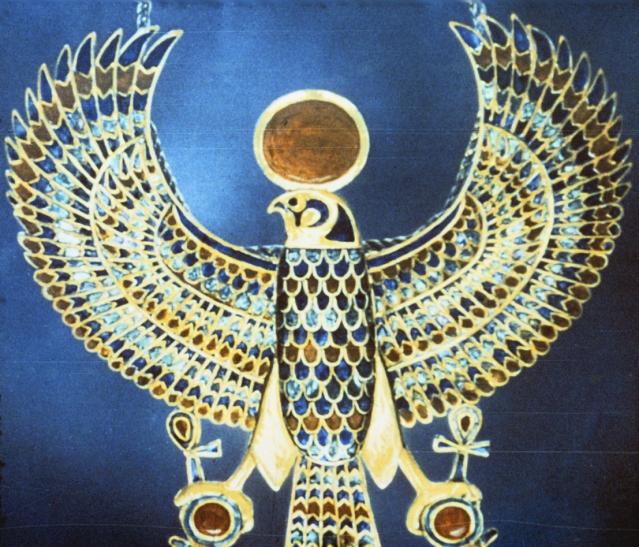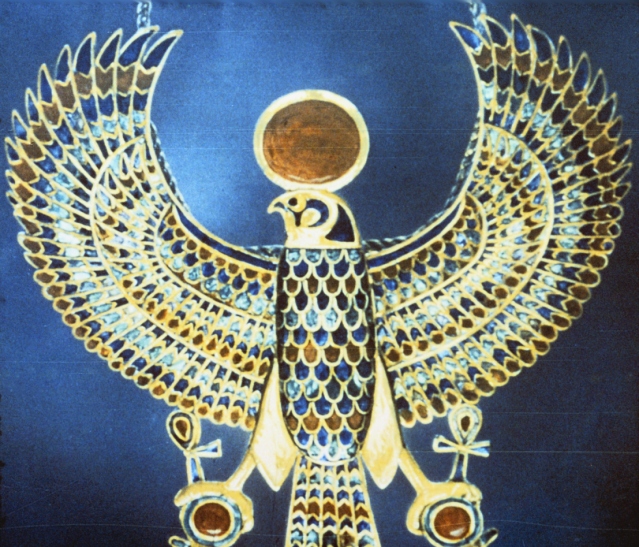The earliest known ceramics could provide a breakthrough for 3-D printing technology in an innovative blend of ancient meets modern.
Researchers from the U.K.’s University of the West of England (UWE) in Bristol are investigating techniques used by ancient Egyptian artisans to develop a way to print ceramic objects that can be glazed and hardened in one firing.
Egyptian paste or faience is the first known glazed ceramic material, invented about 7,000 years ago. Unlike clay pottery, which requires a “biscuit” firing before the glaze is applied and refired, faience is made from quartz and other minerals, and is self-glazing.
“It is fascinating to think that some of these ancient processes, in fact the very first glazed ceramics ever created by humans, could have relevance to the advanced printing technology of today,” said Stephen Hoskins of UWE’s Center for Fine Print Research in a press release.
Current 3-D printing technology–also known as “rapid prototyping”–builds up objects layer by layer, usually from resins, plastics or metals. The UWE team has been looking at ways to create objects from real materials like ceramic powders.
“We hope to create a self-glazing 3-D printed ceramic which only requires one firing from conception to completion rather than the usual two,” said Hoskins. “This would be a radical step-forward in the development of 3-D printing technologies.”
The team’s research will focus on Egyptian glazing processes, and also the material used to create colored glazes, called frit. Copper was often a component, producing faience’s typical blue-green color.
Once the process is understood, a ceramic extrusion paste will be developed for use with a 3-D printer.
Though the research is at the cutting edge of technology, the team wants to keep alive the link with the ancient craftspeople.
“As part of the project we will undertake case studies of craft, design, and fine art practitioners to contribute to the project, so that our work reflects the knowledge and understanding of artists and reflects the way in which artists work,” said Hoskins.
The Epoch Times publishes in 35 countries and in 19 languages. Subscribe to our e-newsletter.





